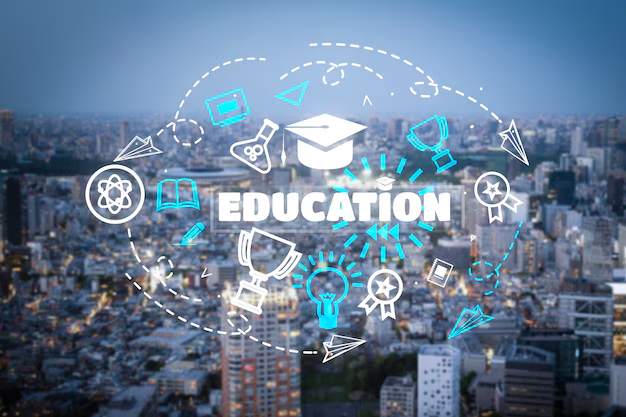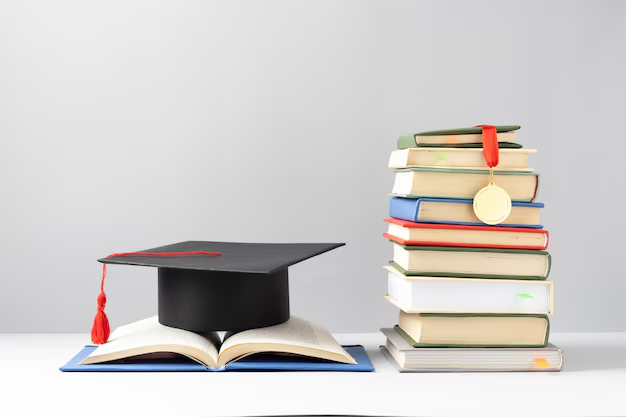Education is one of the most powerful tools for social change, personal growth, and economic development. However, for many people around the world, access to quality education remains a distant dream. While progress has been made in many countries, significant barriers still prevent millions from achieving their educational potential. “Education for All” is a global initiative aimed at breaking these barriers and ensuring that every person, regardless of background or circumstances, has access to a quality education.
In this article, we explore the challenges that continue to hinder educational access, the efforts being made to break down these barriers, and the opportunities that are emerging to create a more inclusive and accessible education system for all.
The Barriers to Education
Despite the undeniable benefits of education, numerous obstacles prevent children and adults from accessing education worldwide. These barriers can be broadly categorized into several areas:
- Economic Barriers: For many families, the cost of education is prohibitive. In low-income countries, parents may not be able to afford school fees, uniforms, textbooks, or transportation. Even in wealthier countries, the rising cost of higher education has created a financial strain for many students.
- Gender Inequality: In some parts of the world, girls and women face significant barriers to education due to deeply ingrained gender biases. In many regions, cultural norms and traditions may limit girls’ access to education, forcing them to stay at home to take care of household chores or marry at an early age.
- Geographic Barriers: In rural and remote areas, schools may be located far away, requiring long walks or unsafe travel conditions. Additionally, a lack of infrastructure, such as roads, electricity, or internet access, can further limit educational opportunities.
- Disability and Special Needs: Students with disabilities or special educational needs often struggle to access appropriate educational resources, including qualified teachers, adaptive technology, and physical accommodations.
- Conflict and Instability: Children living in conflict zones face the additional barrier of disrupted education. Schools may be destroyed or repurposed for military use, leaving many children with no access to formal education.
- Cultural and Language Barriers: Immigrant children or those from minority ethnic groups may face difficulties in accessing education due to language barriers or discrimination in the classroom. In some cases, educational content may not be culturally relevant, making it harder for these children to engage.
Efforts to Break Barriers and Expand Opportunities
There is a global recognition that education is a right, not a privilege, and significant efforts are being made to break down the barriers that prevent access to education for all. Initiatives like the United Nations’ Sustainable Development Goal 4 (SDG 4), which aims to “ensure inclusive and equitable quality education and promote lifelong learning opportunities for all,” have become a guiding framework for international efforts to expand educational access.
1. Education Financing and Scholarships
Governments and international organizations are increasingly investing in education, providing financial aid, scholarships, and school fee waivers to reduce the economic barriers to education. Many organizations, such as UNESCO and UNICEF, also work to ensure that education is prioritized in global development agendas.
2. Gender Equality Initiatives
Several global initiatives focus on removing barriers to education for girls and women, such as the Girl Education Initiative and the Malala Fund. These programs address not only educational access but also tackle broader social issues like early marriage, gender-based violence, and harmful traditional practices that restrict girls’ educational opportunities.
3. Technology in Education
Technology is playing an increasingly significant role in breaking barriers to education. Online learning platforms and digital resources provide new avenues for students to access quality education, even in remote or underserved areas. Programs like Coursera, Khan Academy, and EdTech solutions have made education more accessible to people who may otherwise have been excluded.
4. Inclusive Education for Students with Disabilities
Inclusive education programs that cater to children with special educational needs are expanding. These programs provide tailored curricula, accessible learning materials, and necessary support services such as sign language interpreters, making education more inclusive for all students.
5. Conflict-Affected Areas
In regions affected by conflict, international organizations like Save the Children and the United Nations have created programs to deliver education in emergency situations, setting up temporary learning spaces and providing mobile education units for displaced children.
6. Community Involvement and Awareness
Community-led initiatives are helping to address local barriers to education. By engaging parents, local leaders, and community members, education can be adapted to better meet local needs and overcome challenges like long travel distances or cultural misconceptions about the value of education.
FAQs about Education for All
- Why is education for all important? Education for all ensures equal opportunities for everyone, regardless of gender, economic status, or geography. It is a fundamental human right and a key driver of personal and societal growth, helping to reduce poverty, inequality, and social injustice.
- What are the most common barriers to education? Common barriers include economic hardship, gender inequality, geographic isolation, disabilities, conflict, and cultural differences.
- How can technology help break down educational barriers? Technology provides access to educational resources, tools, and platforms that are available online, making it easier for students in remote or underserved areas to access education. It also helps bridge language and cultural gaps.
- What efforts are being made to support girls’ education? Initiatives like the Malala Fund, the Girl Education Initiative, and global movements focused on gender equality work to ensure that girls have equal access to education by addressing cultural and societal barriers.
- How do natural disasters and conflict affect education? Natural disasters and conflict disrupt education by damaging schools, displacing students, and creating unsafe learning environments. Emergency education programs are critical in these situations to ensure children continue to learn.
- What is inclusive education? Inclusive education involves ensuring that students of all abilities, including those with disabilities, have access to quality education in a mainstream classroom setting, with the necessary support and accommodations.
- What role do governments play in ensuring education for all? Governments play a critical role in creating policies, funding, and infrastructure to make education accessible. They are responsible for ensuring that all citizens have access to free, quality education.
Conclusion
Education for all is an essential element of building a more equitable and sustainable world. Despite the progress made in addressing educational barriers, much work remains to ensure that every person, regardless of background, has the opportunity to receive a quality education. The global community must continue to invest in removing these barriers, expanding opportunities, and leveraging technology to make education accessible to everyone. With collaborative efforts and innovative solutions, we can build a future where education truly is for all.
Key Takeaways
- Education is a fundamental human right that empowers individuals and communities.
- Barriers to education include economic hardship, gender inequality, disability, conflict, and geographic isolation.
- Initiatives like scholarships, gender-focused programs, technology integration, and inclusive education are helping to expand educational opportunities.
- Governments, organizations, and communities must work together to ensure that education is accessible to all, regardless of background or circumstance.



